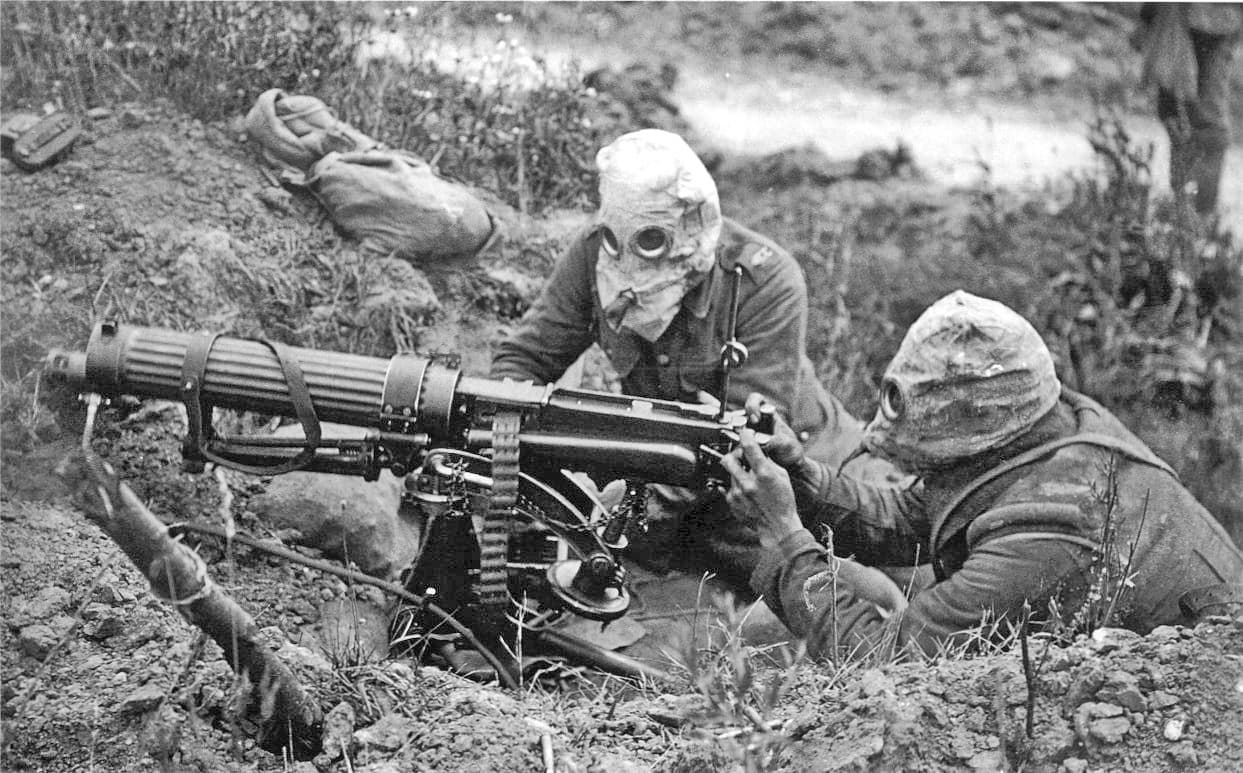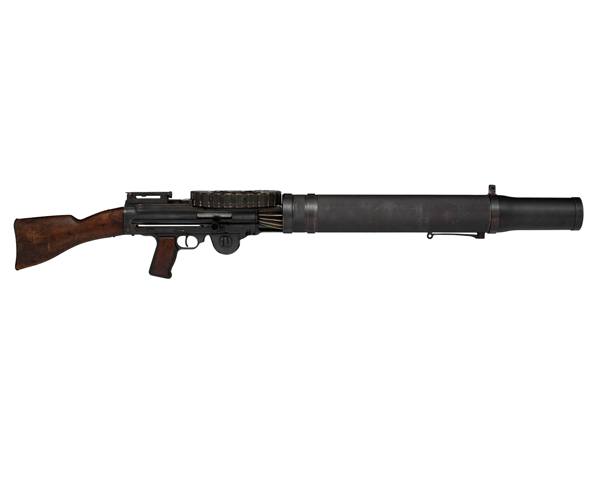The Basic Principles Of Weapons Of War: Machine Guns
Depending on the gunner and conditions, a barrel change could be required as often as every 200 to 250 rounds. When the hot barrel was removed, it was reserved till it was cool enough to utilize again. Machine-gun teams would have as numerous as 6 extra barrels on hand.
Driving through a recently secured area in Belgium, the sharp-eyed Liniewski identified the deserted weapon in a field. Liniewski then did what any not being watched GI would have performed in that position; he stopped his truck and took the opportunity to snag a fantastic memento for the folks back house. As an assistance soldier, Liniewski was not familiar enough with weapons to dismantle his MG-42, so he held on to it for a while till he discovered a camp where German detainees of war were being held.
The weapon remained in the Liniewski family up until 2016 when his kid Marty contributed the weapon to the Museum. In spite of its propensity to get too hot, the MG-42 was an exceptional weapon that was light-years of ahead of the United States equivalent, the Browning M-1919A4 gatling gun. Germany produced roughly 400,000 MG-42s throughout the war, a few of which are still in active duty.

Taken together, all these weapons gave the Red Army a more practical variety of assistance weapons, much better able to challenge the Germans for fire supremacy on the battleground. Completely detailed, this research study explains the innovation and the tactics of these gatling gun. Kept in mind authority Chris Mc, Nab sets out how these machine guns were dispersed and tactically used and supplies various examples of the weapons in action, from attack teams on the streets of Stalingrad to tank crews having a hard time for survival at Kursk.
An Unbiased View of New Weapons Of World War 1
Illustrated with high-quality pictures and specifically commissioned art work, this is a deep analysis of these vital tools of warfare within the Soviet forces.
Taken together, all these weapons offered the Red Army a more practical series of assistance weapons, better able to challenge the Germans for fire superiority on the battleground. Completely illustrated, this research study discusses the technology and the methods of these gatling gun. Noted authority Chris Mc, Nab sets out how these gatling gun were distributed and tactically used and offers numerous examples of the weapons in action, from attack groups on the streets of Stalingrad to tank crews struggling for survival at Kursk.
Illustrated with high-quality photographs and specially commissioned artwork, this is a deep analysis of these vital tools of warfare within the Soviet forces.
The maker weapon business, commanded by a captain, had an assigned strength of six commissioned officers and 172 enlisted men, and carried 16 guns, 4 of which were spares. Within the business there were 3 platoons and a headquarters area. A very first lieutenant led the very first platoon, while 2nd lieutenants led squadrons two and three.
The 20-Second Trick For Weaponry In World War I


Within each area were 2 weapon teams, each with one weapon and 9 males, led by corporals. The weapon team had one fight cart, pulled by a mule, to transport its gun and ammunition as close to the firing position as enemy fire allowed. From there the teams moved the weapons and ammo forward by hand.
It had just 2 business, identical to the other device weapon companies in terms of personnel and weapons. Each gun team utilized an unique motor automobile to transfer its personnel, weapon and equipment.
In this function the weapons were placed 300 to 1000 meters to the rear of the cutting edge. When they utilized their guns in that style, the gatling gun officers often faced opposition from the rifle business commanders, who chose to have the weapons farther forward, fearing that their infantrymen would be at risk of roaming low rounds as they advanced under the overhead device gun fire.
In addition, they quickly discovered that the maker weapons were high priority targets for opponent fire, and that it was advantageous to have the weapons at some distance from the infantry positions. Given that opponent machine weapons positioned the best danger to the attacking soldiers, the gatling gun crews strove to locate the opponent guns and to focus their fire upon them.
The Buzz on Did The Germans Use Lmgs During The First World War
A percentage of the weapons was held back as a reserve under command of the gatling gun officer. 6Machine gun tactical doctrine determined that in the defense the Hotchkiss guns ought to just rarely lie within 100 backyards of the front line and that a minimum of two-thirds of the weapons should be echeloned back through the whole protective position, situated so that adjacent guns would be equally supporting.

7 To find other functions on the check out our THE DOUGHBOY CENTER wishes to continually expand this function. Additions and remarks on these pages may be directed to:.
I was impaled on this. My only fear was that he would push the trigger which would have made a hell of a mess. In the meantime, my sergeant who was near he saw me; was available in close; shot the fellow and then hoisted me, with the aid of another male, off the bayonet.
He was dead and it wasn't enjoyable. A bayonet wound directly it enters it harms and the withdrawal is probably even more distress than the 'putting in' since the 'putting in' is instantaneous. Another kind of weapon was the trench club. These could be employed on trench raids and in close quarter combating.